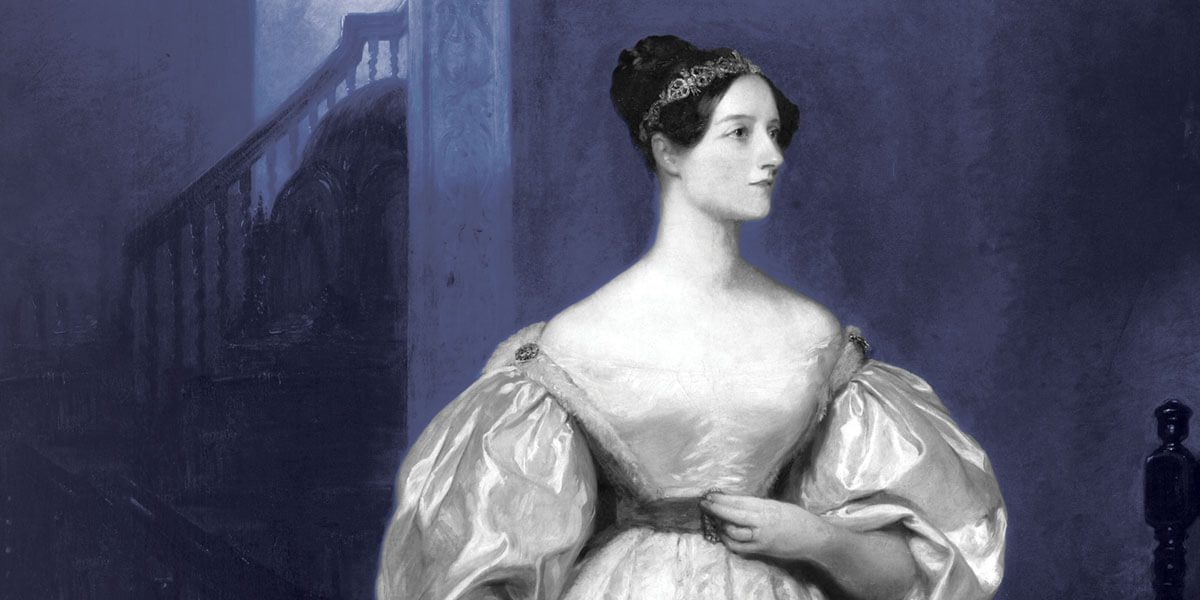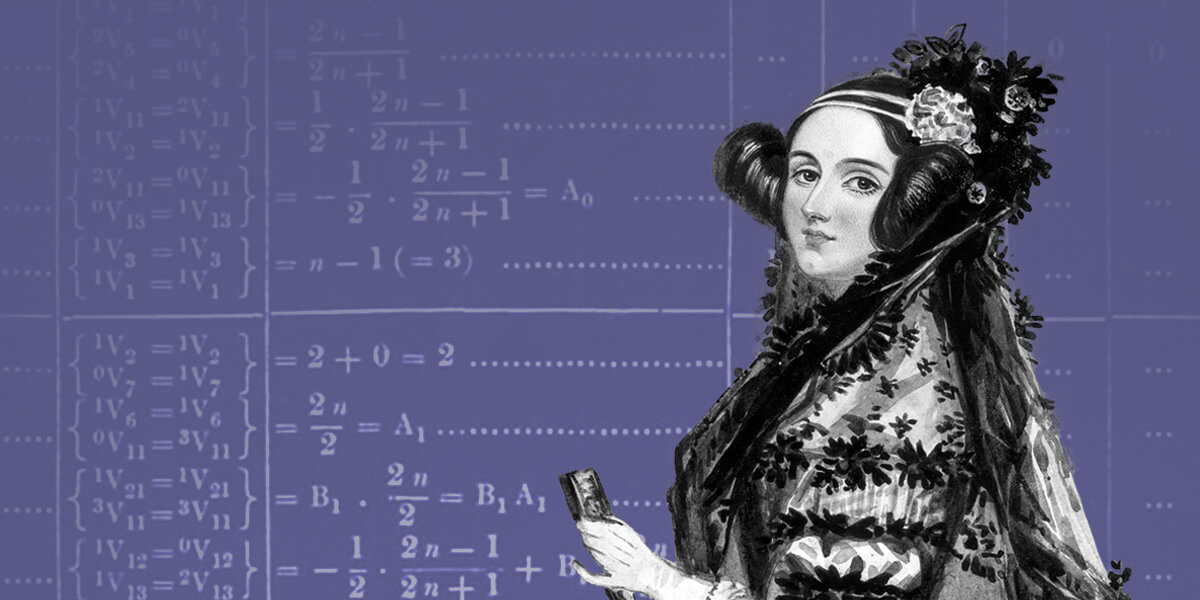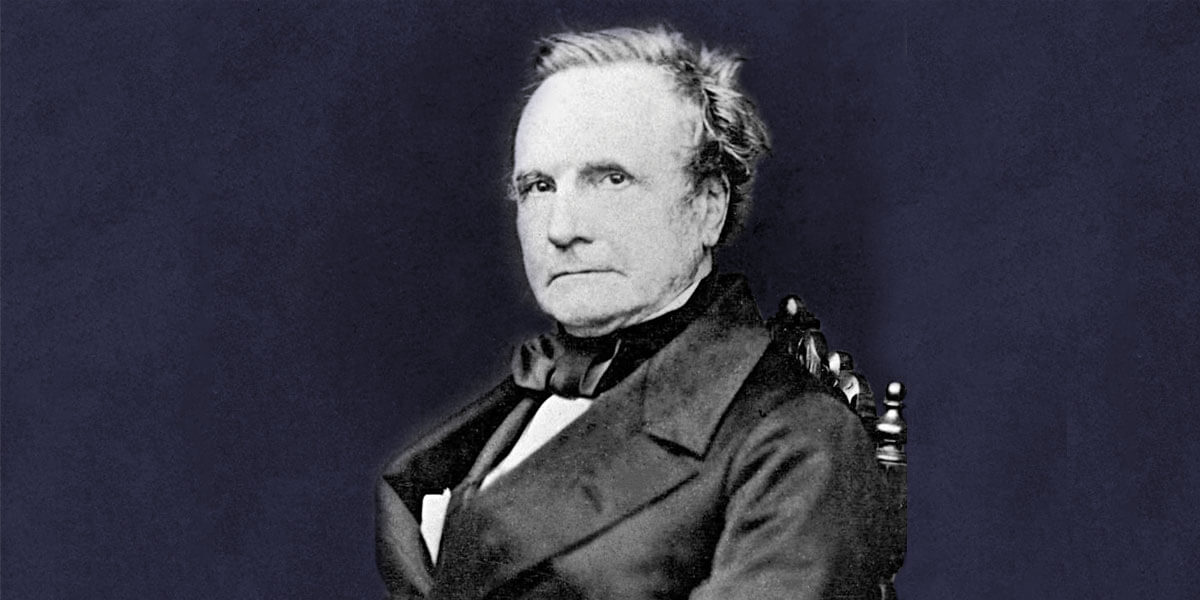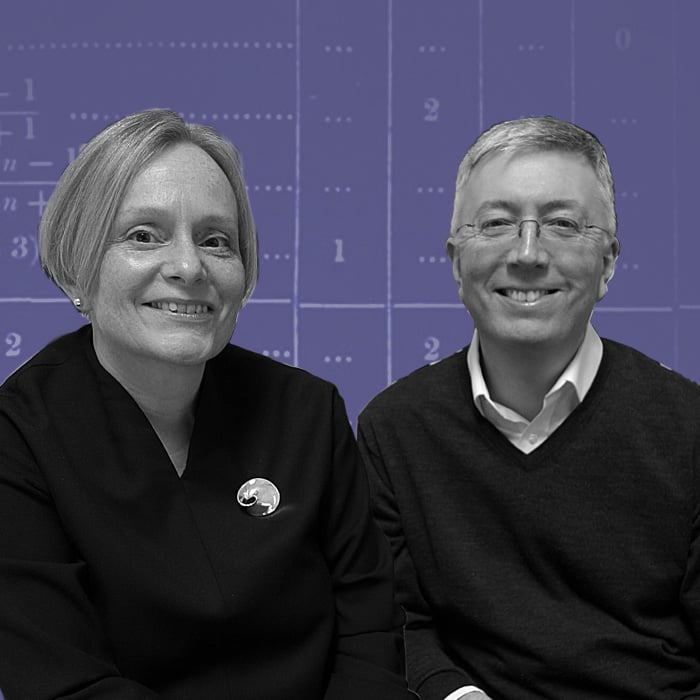Augusta Ada Byron was born in London on 10 December 1815, less than a month after the Treaty of Paris had formally ended the Napoleonic Wars. England was about to enter a bleak era of agricultural and industrial hardship, which would later be named the Post-Napoleonic Depression. Born into the aristocracy, Ada was fortunate in having an incredible intellect and mathematical genius as well as the opportunity to study. Despite a relatively short life, dying of uterine cancer at the age of just 36, she stands out as one of the early female pioneers of computer science in the nineteenth century.
Ada was the only legitimate daughter of Lord and Lady Byron. Her father was a famous poet and a notorious philanderer, separating from Lady Byron when Ada was just a few weeks old, before leaving England forever. He died in Greece when Ada was eight years old. Ada was left in the care of her mother and grandmother. She was schooled by her mother who, in a conscious effort to steer her away from her father’s rebellious lifestyle, discouraged literary study, favouring the study of science and mathematics instead.

This was a period when few women were accepted into the scientific community, but Ada was a studious child greatly aided by her mother’s efforts to secure the brightest tutors available. These included Mary Somerville, who was a prominent scientific writer and polymath. As she grew older, Lovelace exchanged ideas with other great minds of the time, including scientists Michael Faraday and David Brewster. However, it was her encounter with Charles Babbage in 1833 that changed her life forever. The pair bonded over their mutual love of mathematics and Babbage served as Ada’s mentor, inviting her to collaborate on his work designing his calculating machines.
Ada married William King in 1835 and, when her husband was made Earl of Lovelace in 1838, became Countess of Lovelace. Her husband supported his wife’s academic endeavours and the couple socialised with notable intellectuals, including the likes of Charles Dickens. Ada Lovelace remained in touch with Babbage, who had been working on his Analytical Engine, a general-purpose programmable computing engine. In 1842, Babbage asked Lovelace to translate a French article about the Analytical Engine written by Italian mathematician and future Prime Minister of Italy Luigi Federico Menabrea. Fluent in French, it took Ada Lovelace nine months to translate the piece, supplementing it with her own notes.

During the translation process, Lovelace updated, amended and expanded Babbage’s theories, adding notes on the machine’s capabilities and even correcting errors in Babbage’s own calculations. By the time she had finished, the final document was three times longer than the original. Her additional notes included the first published machine algorithm, setting out in detail how the Analytical Engine could use a series of logical steps to solve certain mathematical problems. Ada also speculated that the device could be used beyond numerical calculations and, in principle, manipulate quantities other than numbers such as symbols, letters and musical notes.
Sadly, Lovelace’s vision for the Analytical Engine was not realised in her lifetime. Ada died of uterine cancer on 27 November 1852 at the age of just 36 and her contributions to science were left to fade into relative obscurity in the decades that followed. Babbage too did not live to see his invention become a reality. Only a trial piece was completed before his death in 1871 at the age of 79 and this artefact currently resides at the Science Museum in London.

The Analytical Engine remained a technological dream but the publication of Lovelace’s translation was well received by the scientific community. Praised for being the first to see the potential of the machine, possibly beyond what even Babbage had envisioned, Lovelace’s vision for the capability of computing in future generations has since proved prophetic. Lovelace’s work was not fully appreciated until the development of electronic computing a century later. Honoured posthumously in a variety of ways around the world, the foresight and accuracy of her predictions earned her renewed acclaim within the field of science.
There was even a programming language named ‘Ada’ in her honour, developed by the US Department of Defense between 1977 and 1983. Meanwhile, Ada Lovelace Day, which celebrates women in science, technology, engineering and maths (STEM), became an annual occurrence in October 2009. A true innovator who was ahead of her time, the legacy of Ada Lovelace serves as an inspiration for women in science, technology, engineering and mathematics (STEM) to this day and we are proud to celebrate this visionary of the computer age with her own UK £2 coin.
RELATED ARTICLES


